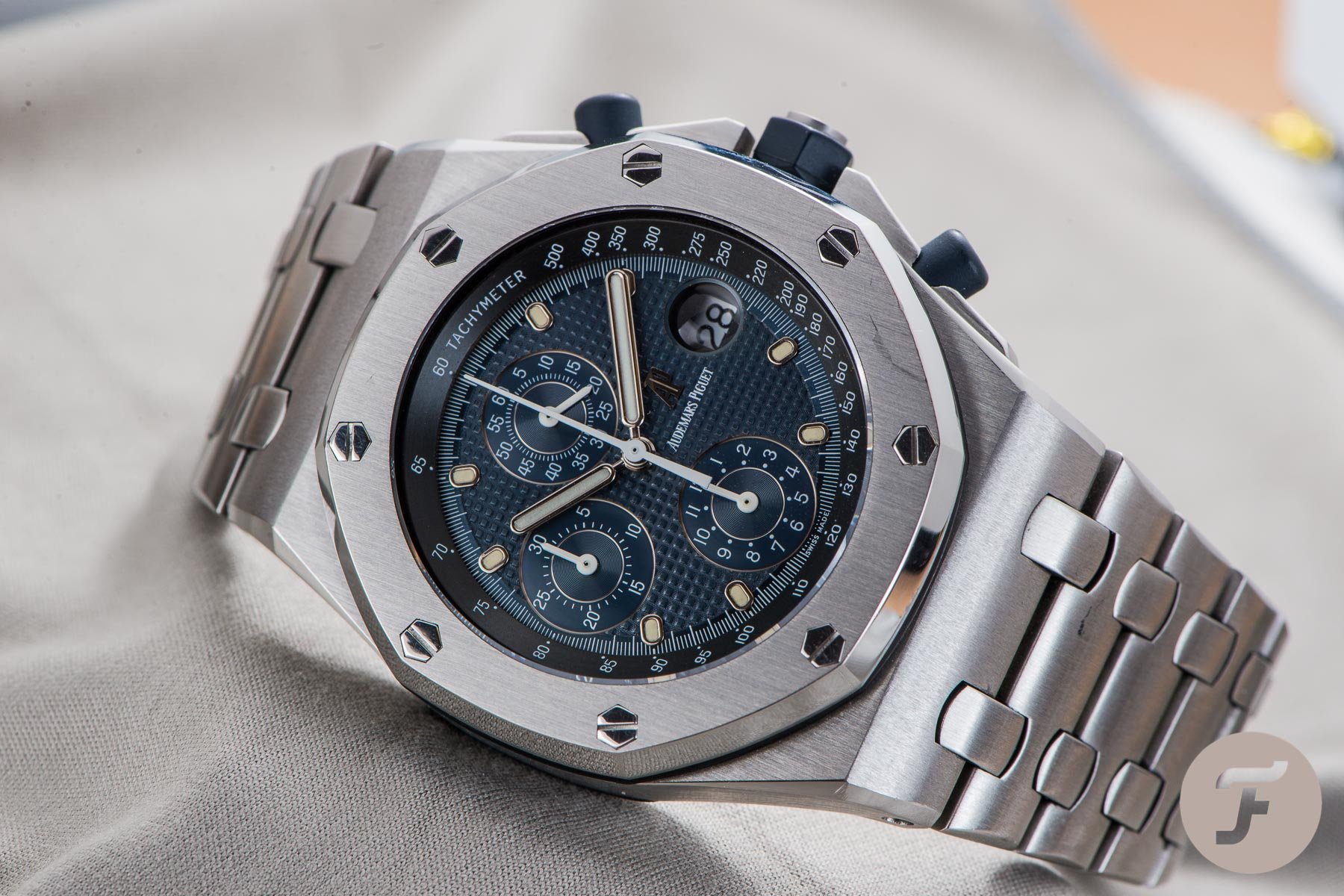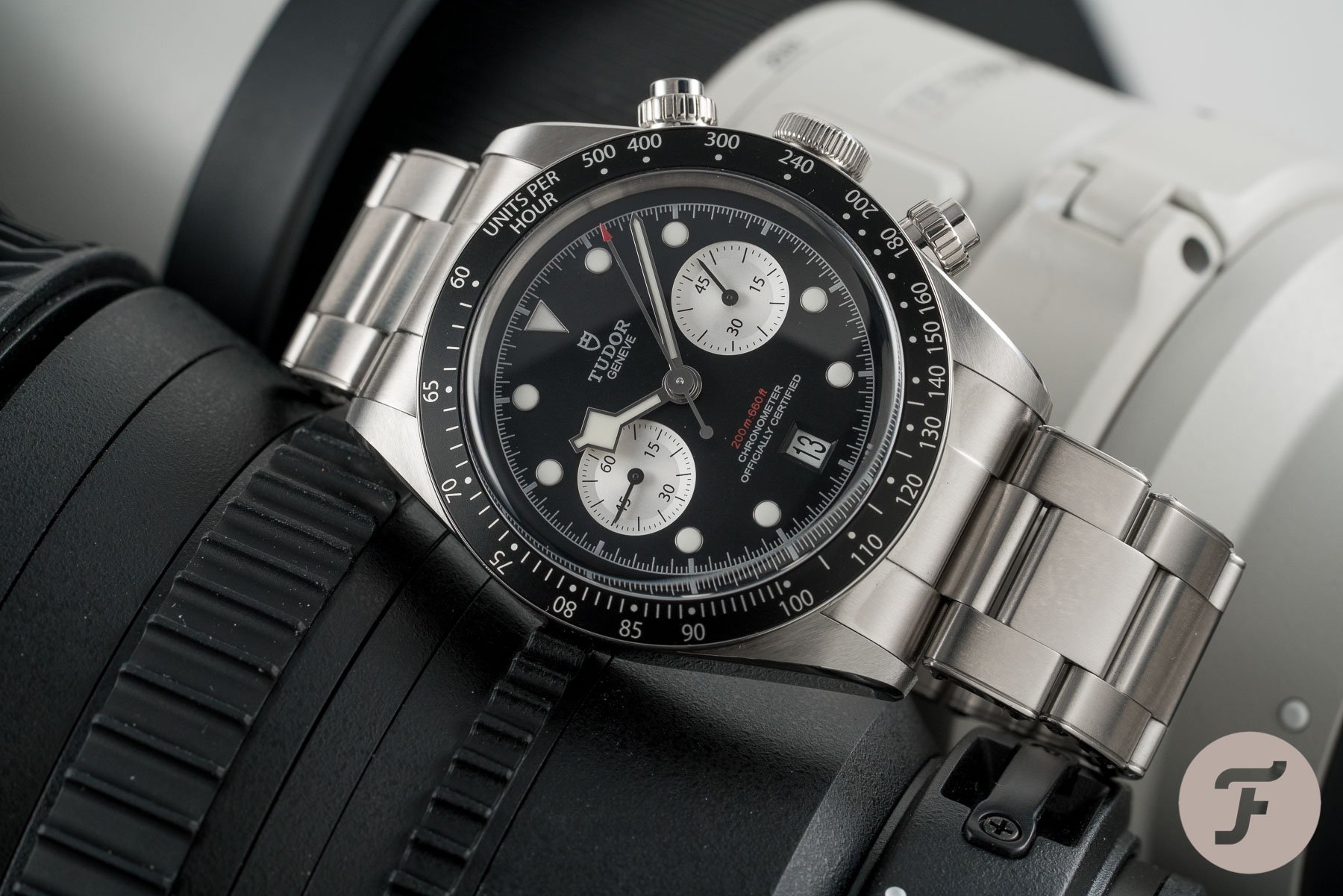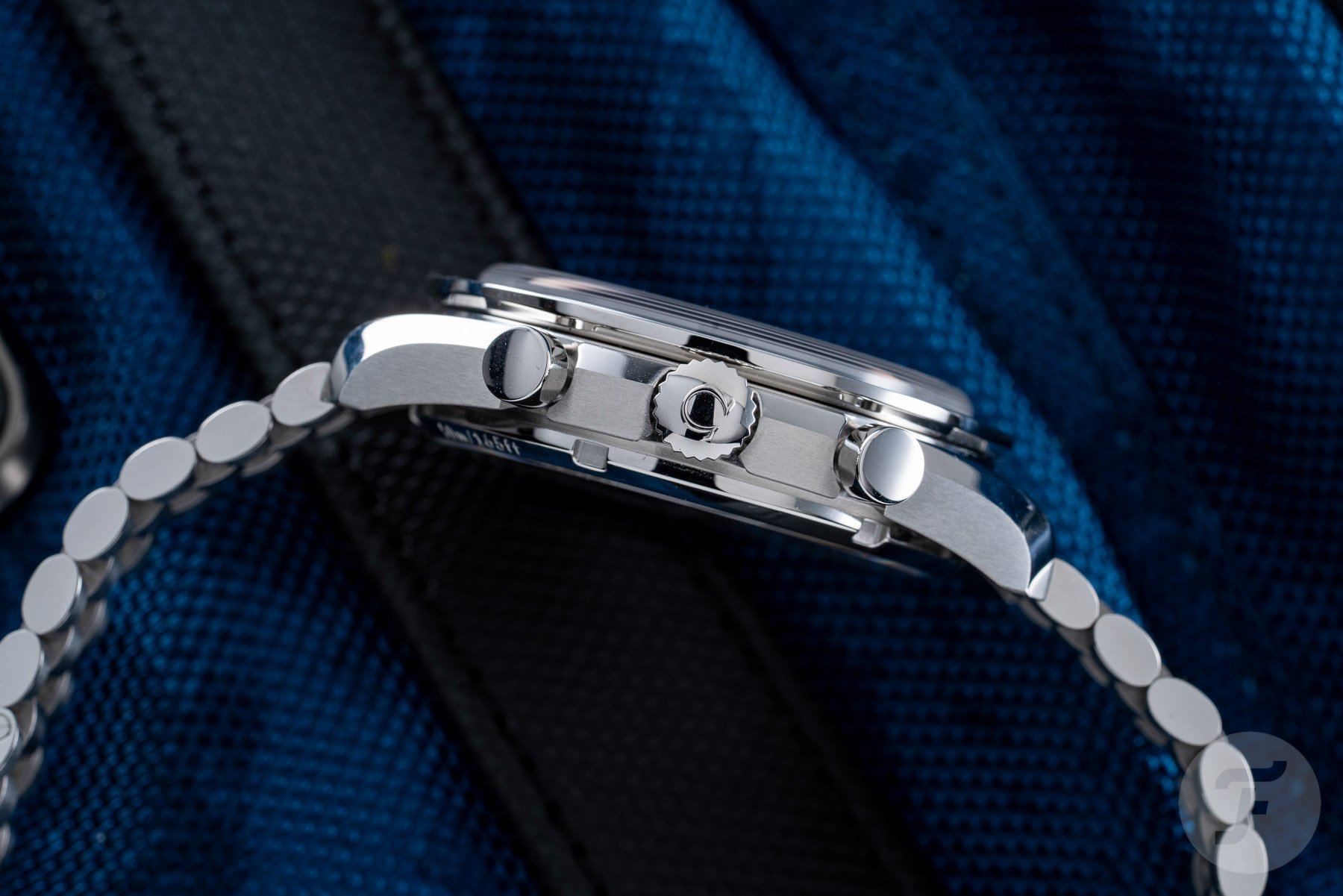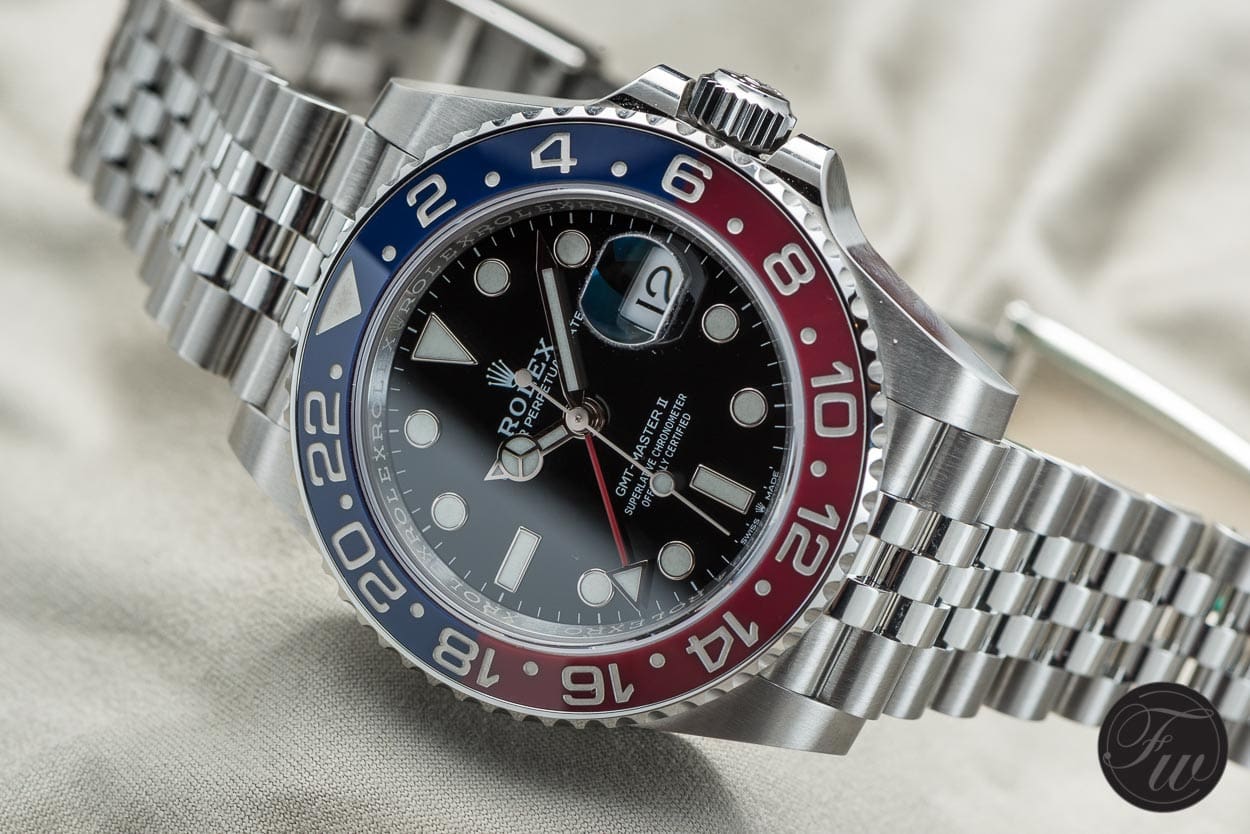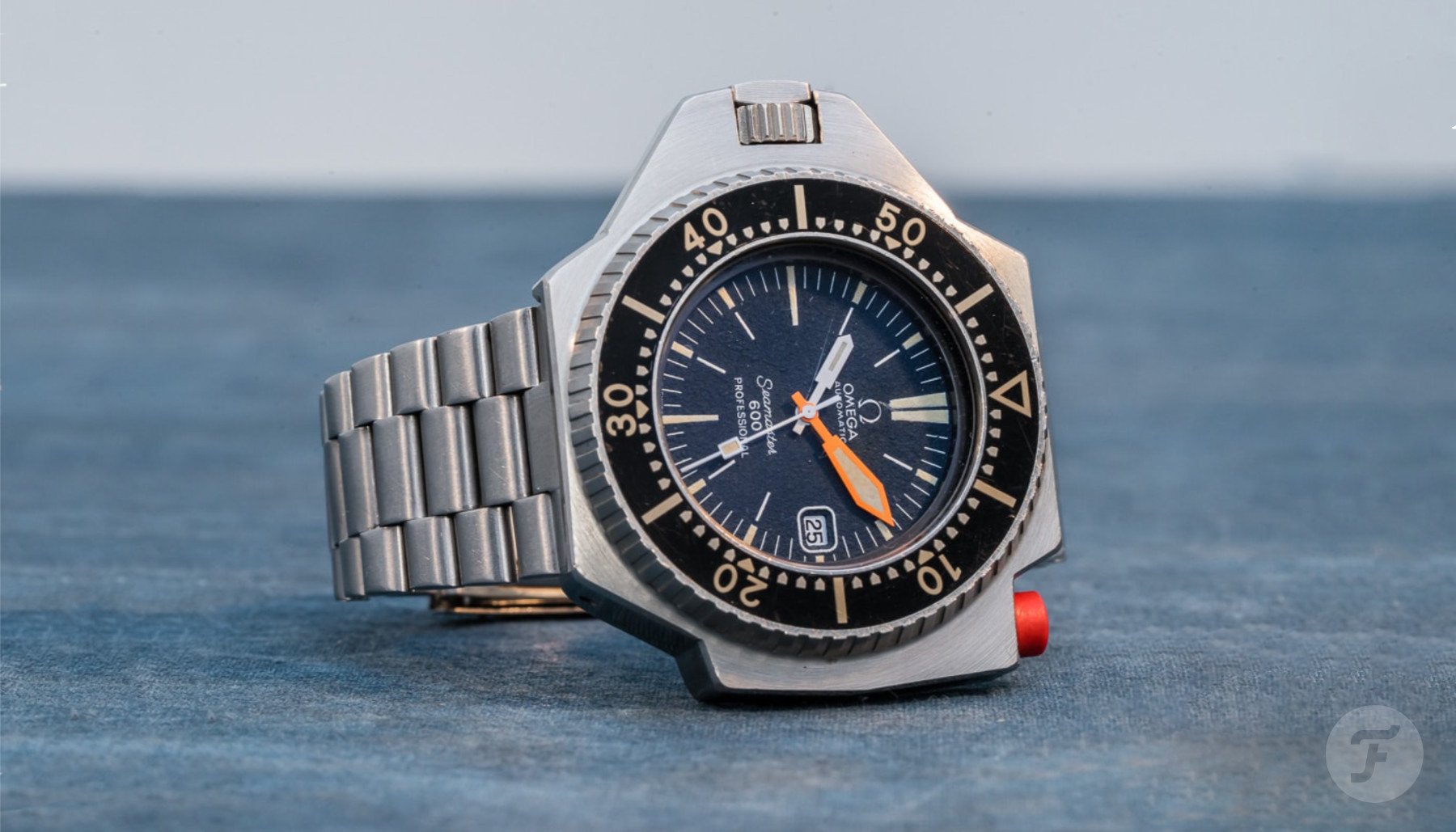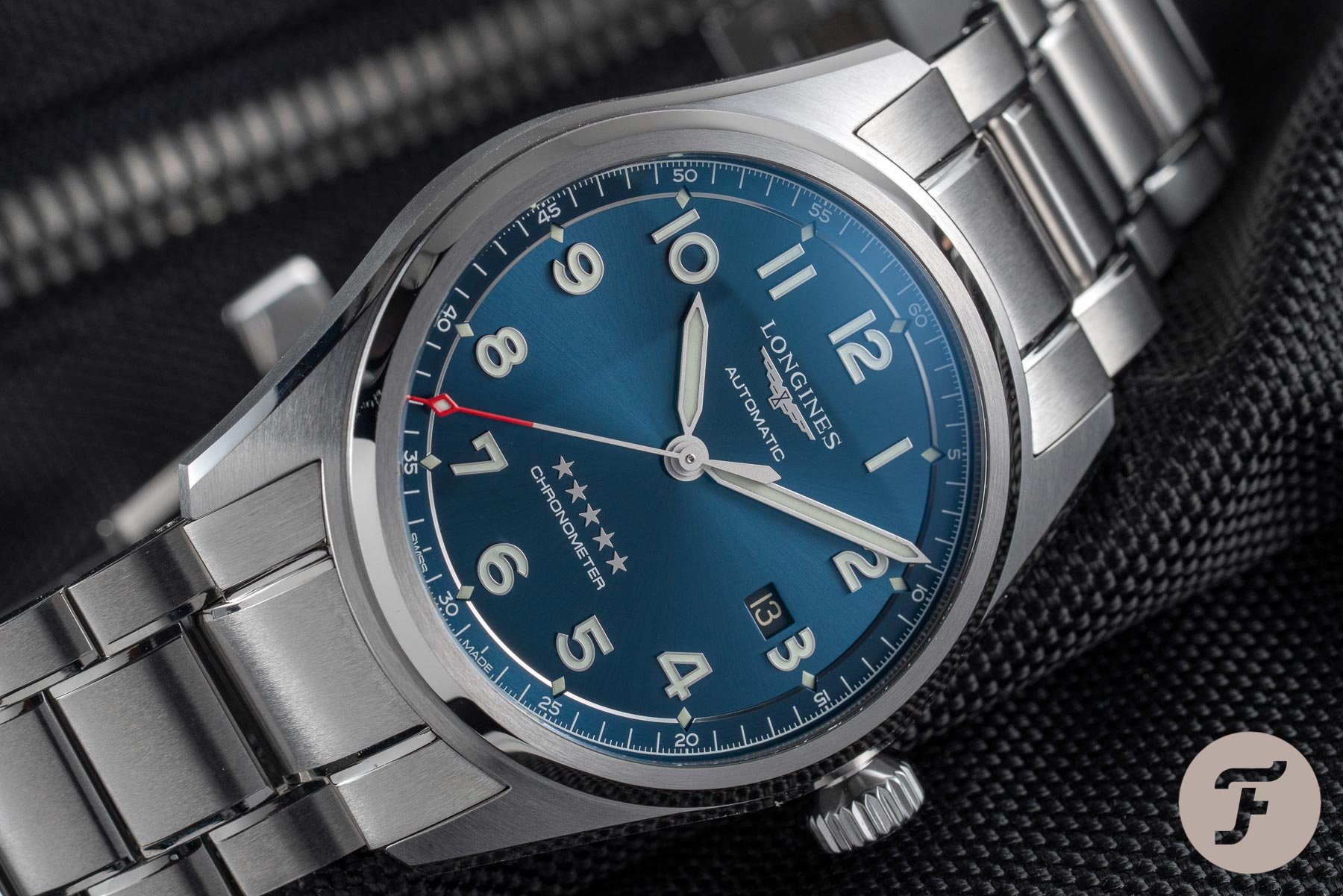How Watches Work: What Is The Difference Between 316L And 904L Stainless Steel? And Why Does Rolex Use 904L Steel?
When you read the reviews and articles on Fratello Watches, I’m sure you have probably seen us talk about stainless steel watches. I mean, it’s tough to get away from steel, as it’s the most commonly used metal for watch cases and bracelets. It’s a relatively affordable metal that offers excellent strength compared to its price to produce it. Sadly, as with anything in life, it’s not just that simple. There are different types of stainless steel, each with its own pros and cons. You may have seen us classify different watches as using 316L or 904L steel. The thing is, what does that mean? What is the difference between 316L and 904L stainless steel?
First things first, what is it?
Technically stainless steel is an alloy of steel that is an alloy of iron and carbon, with a few other trace elements. Stainless steel differs from regular steel as it doesn’t oxidize (hence the name “stainless”). This is thanks to its make-up of at least 10.5% of chromium, carbon, iron, and some other trace elements. Stainless steel can then be further divided, making everything even more complicated. For the purpose of this article, though, I will stick to two types of stainless steel.
The 316L and 904L variants of stainless steel are the most commonly used types in watchmaking and, therefore, the most relevant to our discussion. They are both examples of austenitic stainless steel as they have a specific type of crystalline structure. The austenitic crystalline structure is defined by adding nickel, manganese, or nitrogen to the base alloy of carbon, iron, and chromium.
304 stainless steel
I know, I know; I said I would only talk about two types of stainless steel today, but sue me. It’s worth speaking about this lesser-used (in our industry) but far more common alloy. In general day-to-day life, 304 is the most commonly used type of stainless steel. You’ll typically find type 304 in everyday objects around your home or office. Those lovely steel pans you have hanging in the kitchen, or your shiny cutlery? Yep, they’re “probably” type 304. Truth be told, some manufacturers use 304 stainless steel for watch cases and bracelets, but these are usually very low-end watches.
Type 304 is so widely used because of its relatively low price and because it is pretty easily turned into the desired end product. That’s great for specific applications, but it is also more prone to corrosion than 316L and 904L, so not as desirable for watches. Sweat and seawater will do a number on a watch that cannot handle their corrosive properties. Plus, rather interestingly, 304 stainless steel contains more carbon than 316, so it actually appears very slightly darker in color. Admittedly that’s not a negative characteristic, but an interesting fact I learned while writing this article.
316L stainless steel
So we’re on to the real stuff. The bread and butter of the watch world. 316L is the most commonly used type of stainless steel in the watch industry. The majority of steel watches use this type over 304 because it is significantly more corrosion resistant. This is because of the higher molybdenum content. Ever heard the terms “marine grade steel” or “surgical steel” before? Well, because of its high corrosion resistance, it is commonly used in the medical and marine industries, where corrosion is an active variable to the tools of the trade.
So you may be wondering about the “L”. What is that all about? The difference between type 316 and type 316L is the carbon content. The “L” denotes a low carbon content. Although both types share many characteristics, type 316L is used more commonly in welding applications. This is because it is more stable in high-temperature and corrosive environments than plain 316. For that reason, 316L is used to produce most luxury steel watches. It is also more resistant to magnetism than its lower-grade cousins. So the combination of attractive properties to price ratio makes it the most obvious choice for watch manufacturing.
904L stainless steel
That leaves us with type 904L. So, as we’ve established, 316L gives us the best property to price ratio, so why then do we need 904L? If we were to look at specifications alone, it’s easy to say that, actually, 904L is indeed the superior alloy. It has incredibly high corrosion resistance. This is critical for some applications, but 316L is more than enough for most luxury watchmaking. Type 904L contains more chromium, molybdenum, and nickel than 316L. However, it also contains some copper, manganese, and silicon, which enhances corrosion resistance. This kind of removes the 904L’s trump card. We’re left with an overqualified stainless steel alloy that costs several times more than its more-than-adequate cousin and is much harder to process.
That doesn’t stop some people, though. As I’m sure many of you know, Rolex uses 904L steel for its watches. In fact, since around 2003, it has only used 904L for all its steel watches and bracelets. The brand has invested heavily in the necessary equipment to process and machine the raw 904L as standard equipment isn’t up to the task.
In my opinion, Rolex’s use of 904L steel over 316L is mainly a marketing ploy. I don’t want to call it a gimmick per se. Still, I don’t believe the technical benefits of 904L were indeed at the forefront of the Rolex marketing team’s mind. Aside from the additional corrosion resistance, 904L takes on a fine polish, which gives Rolex watches a subtle yet noticeable look. The color is also slightly cooler and whiter, thanks to the lower carbon content and higher chromium content.
Rolex weren’t the first
While Rolex may now be the brand that everyone thinks of when talking about 904L steel, they were not actually the first brand to experiment with it in watchmaking. A little known fact, but when it first launched the Ploprof 600 (ref 166.077) back in 1971, Omega used an alloy called “Uranus Steel”, which was the same as what we know today as 904L steel. This fact was indeed confirmed by Omega when we contacted them to corroborate. While we don’t know the exact reason why the brand decided against using its 904L “Uranus Steel”, it’s still quite interesting that Rolex was not the first as many of us first thought — myself included!
So, is it worth it? What should I buy?
Well, it is totally up to you. If you want a 904L stainless steel Rolex watch, and the fanfare that comes with it, and you can secure one at retail price, there’s no denying that you will have purchased a solid and reliable watch from a well-known brand that will probably serve you well for the rest of your life. There’s absolutely nothing wrong with the brand’s watches hence their cult-like popularity but.
That said, 316L stainless steel offers a better value for your hard-earned cash. You can often get technically superior watches for the same price or less than a watch made from 904L. As a man who appreciates value, I will continue to buy and appreciate 316L stainless steel watches. They still have more than enough corrosion resistance for the average individual unless you’re planning to go scuba diving in a vat of hydrochloric acid. If you are, I’d say that the steel your watch is made of would be the least of your concerns!
Follow me on Instagram: @davesergeant

